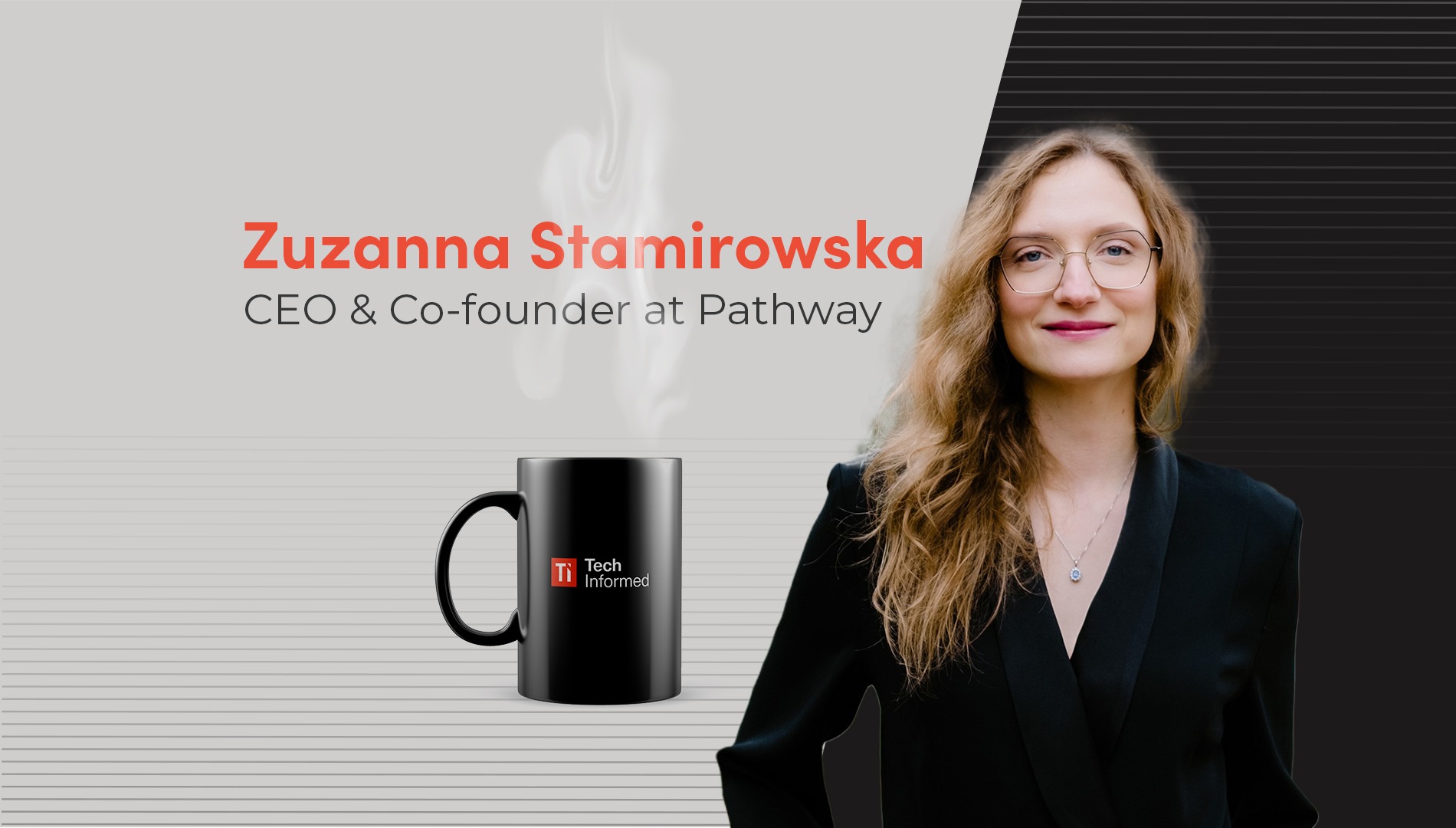Generative AI needs memory and frequent training data updates to be useful thus huge organizations are struggling to integrate AI into their platforms and processes
Cohere and Writer are among the numerous businesses that are currently operating in this field, which is now referred to as “Live AI.” Another company, Pathway, has recently secured a $10 million seed round to develop live AI systems that, according to the company, think and learn in real time in the same manner as humans.
Kadmos, Innovo, Market One Capital, Id4, and angel investors were among the participants in the round, which TQ Ventures led. Lukasz Kaiser, a main researcher behind GPT o1 from OpenAI and co-author of Transformers, is another investor in Pathway.
Pathway’s product line comprises “infrastructure components” that operate live AI systems, utilizing both structured and unstructured data to enable enterprise AI platforms to determine decisions based on current information.
NATO and La Poste, the French postal service, are among the clients that have been served thus far.
Zuzanna Stamirowska, Co-Founder and CEO of Pathway, disclosed to TechCrunch during a telephone conversation: “The operation of deep learning and LLM assistants involves the acquisition of training data and subsequent model training.”

However, the issue remains: how should one manage memory and knowledge? Currently, an LLM operates somewhat similarly to a highly intelligent intern on their first day of employment, receiving a book to peruse. However, they are unable to truly embed it in their memory. Furthermore, it is not dynamic; rather, it is static.
She stated that Pathway “allows developers to construct a pipeline that allows them to input live data into AI systems” in order to address this issue. At present, we implement this process during the prompting phase of the development of LLM applications or Gen AI applications.
An outstanding, highly technical team has been assembled by Stamirowska, who is relocating to Menlo Park, California, in order to accomplish the startup’s objectives.
Her co-founders are CSO Adrian Kosowski and CTO Jan Chorowski, who have previously collaborated with the “Godfather of AI” and recent physics Nobel Prize recipient, Geoff Hinton.
Stamirowska is the author of a cutting-edge forecasting model for a complex network that was involved in the maritime commerce, which was published by the Academy of Sciences of the United States.
“The organization was initiated by an idea that occurred to me on a sunny morning in Chicago,” she stated. “I was in attendance at a scientific conference in theoretical computer science with a friend.”
We had a minor disagreement, and I stated that I must establish my own business. Therefore, I pulled out my laptop and began communicating with individuals in my network regarding the best course of action. I can still recall the flavor of the coffee that was consumed at that precise moment.
I inquired as to how she perceives Pathway in comparison to other ventures in the industry. She stated that Cohere and Writer are included in the most recent Gartner Quadrants for use cases in GenAI engineering and knowledge management.
“In contrast, we frequently encounter Palantir for AI transformation tenders in enterprise deals, despite the fact that they are less product-oriented than we are.”
Schuster Tanger, Co-Managing Partner and Co-founder of TQ Ventures, stated in a statement, “Zuzanna and the Pathway team possess cutting-edge insights and expertise in one of the most exciting fields in modern business.” Finally, the developer community has responded with considerable force.
